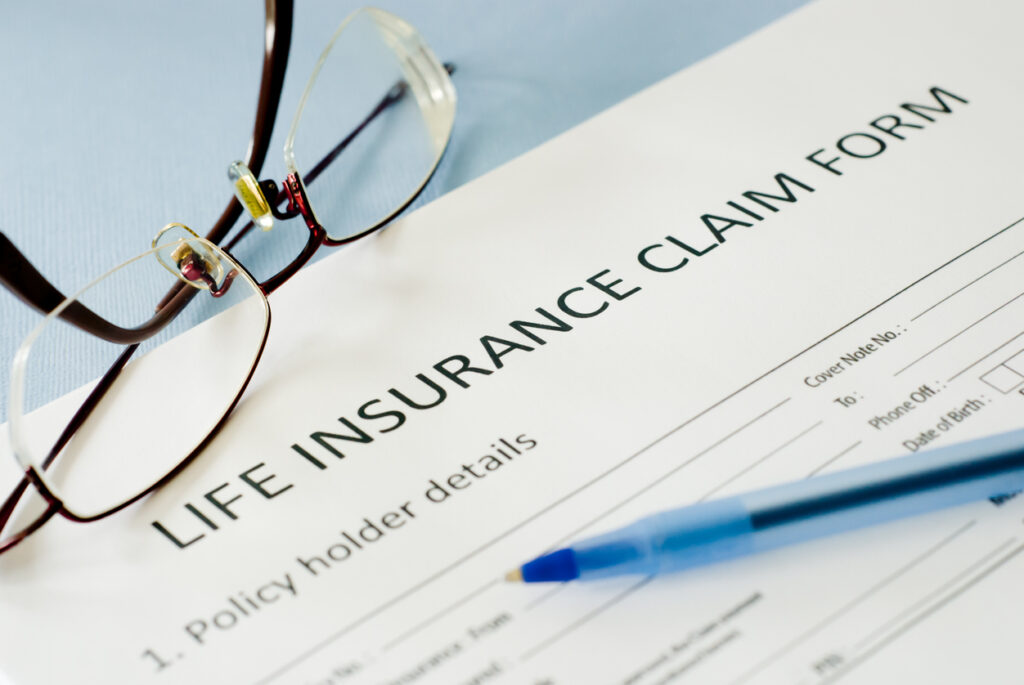

 Monday, 11 July 2022
Monday, 11 July 2022
Childbirth is a momentous event, and bringing home a healthy baby is the hope of all parents. When all is right, the newcomer is a bundle of joy with the whole world before them.
Unfortunately, some babies suffer from birth trauma. Some result from difficult labour or an overlarge baby, while others are due to medical malpractice. One study revealed that one in 100 live births resulted in injuries such as facial nerve palsy from forceps use.
Physicians can diagnose many birth injuries immediately at birth, especially after an adverse event. The problem is some birth injuries are not immediately apparent. It can take months and sometimes years before you see signs and symptoms of a birth injury.
Parents and doctors might only realize a problem when the child develops behavioural issues or misses developmental milestones. Early diagnosis is critical to get the best outcome possible and identify the event that may have caused the injury.
Overview of Birth Injuries
A birth injury is any physical damage to the baby before, during, or right after the birthing process. A birth injury is not the same as a congenital disability. The latter is an abnormality that develops in the unborn child, typically in the first trimester of pregnancy. It may be due to genetic predisposition, drug use, or untreated infections.
Many babies experience minor injuries during birth because the journey down the birth canal is physically taxing. Most birth injuries in newborns resolve without treatment.
However, some birth injuries are more severe and may cause permanent impairments to the child. Skull fractures and brain damage, for example, can leave a child with physical or mental disabilities for life.
When a serious birth injury is due to medical malpractice, you may be able to get compensation for the child. A birth injury lawyer can give you the best legal advice regarding this matter.
Birth injury may result from a variety of factors and conditions. Generally, they fall under the following types:
- Maternal – the mother’s pelvis is too small, or the wrong shape or the cervix may not expand adequately for easy delivery, leading to difficult and prolonged labour
- Infant – wrong side of the body (breech, buttocks-first, or head-up) in position during delivery; overlarge (more than 8 lbs 3 oz); premature (less than 37 weeks), leading to complications such as nerve injury, asphyxia or hypoxia
- External – improper use of forceps or vacuum during delivery; excessive force causing nerve injury, brachial plexus injuries or Erb’s palsy; failure of the physician to perform a Caesarean section when appropriate; failure of medical or health care personnel to recognize signs of fetal distress
Birth Injury Signs and Symptoms To Look For
Parents and caregivers are critical in discovering the potential signs and symptoms of birth injuries. Since they spend the most time with the child, they can monitor and note any unusual behaviour or delays in development. Early detection of problems is crucial in getting the child the proper treatment to mitigate the effects of birth injuries.

Signs to look for immediately after birth
Physicians can perform a quick diagnostic test called Apgar (Appearance, Pulse, Grimace, Activity, and Respiration). It can detect signs of a birth injury such as nerve damage or oxygen deprivation. An Apgar score below five indicates the need for resuscitation or emergency treatment.
Other signs of neonatal birth injury include:
- Crying with an arched back
- Difficulty in breathing and the need for CPR or a breathing tube
- Problem in suckling or swallowing
- Excessive drooling
- Fractures
- Hands curled into claws
- High-pitched crying and other noises
- Light sensitivity
- Floppy arms or stiff muscles
- Low oxygenation
- Poor or absent reflexes and muscle tone
- Seizure within 48 hours of birth
- Slow pulse
- Swelling, abrasions, and bruising of the face, head or shoulders
If these signs are present, it may be a sign of a hemorrhage or nerve or brain damage. Your physician should take immediate action to minimize long-term damage. Failure to recognize these indications and act on them may constitute medical malpractice.
Signs at 12-24 months old
Symptoms of a birth injury are not always apparent. It may take a few months to develop. These include:
- Failure to develop speech or slow speech development
- Difficulty in drinking and eating
- Difficulty in grasping items
- Inability to crawl or walk without assistance
- Failure to remember things or comprehend simple concepts
- Spastic movements (muscle spasms)
- Inability to move (ataxia)
- Poor coordination and motor skills
- Not placing objects in the mouth
- Visual or auditory issues
Lack of response to loud noises
If you or a caregiver notices these symptoms, bring them to your pediatrician’s attention at once. The doctor should perform the proper tests to diagnose the problem and develop a treatment plan to manage the symptoms.
Signs to look for after two years old
In some cases, birth injury effects may appear when the child is of preschool or elementary age. You will be able to see physical or mental delays compared to other children of the same age. These symptoms include:
- Unable to speak, hear, or see
- Inability to dress, eat, or drink independently
- Lack of coordination while walking or running
- Stiff or loose muscles
- Onset of autism, epilepsy, and other developmental disabilities
- Lack of fine motor skills
- Shakiness or tremors
- Inability to draw lines or circles
- Inability to understand or form complete sentences
What Must I Do if I Think My Child Has a Birth Injury?
You should not hesitate to bring your concerns to your doctor if you suspect your child sustained birth injuries. A specialist in pediatrics will confirm developmental delays and carry out diagnostic tests to identify the cause of different symptoms. If your doctor confirms the symptoms of a birth injury, you may be able to get some compensation.
Hopefully, the tests will help you get the treatment your child needs to manage their issues. Treatment may include surgery, therapy, and medication, depending on the nature and severity of the child’s condition.
In severe cases, your child may have permanent impairments and need lifelong care. The financial and emotional costs can be astronomical for your child and family.
Medical malpractice is the leading cause of many birth injuries leading to serious medical conditions. Proving it, however, is not going to be easy. Contact a birth injury lawyer to help assess your damages and get compensation from the responsible parties.
If you suspect that some kind of malpractice was involved in your child’s birth injury, don’t hesitate to contact a birth injury lawyer. A seasoned attorney can assess your case and tell you what to do to win compensation and justice for your child.Pro Tip
Get Legal Advice From the Experts at Diamond & Diamond
Detecting the signs and symptoms of a birth injury early enough is not always easy. Parents and caregivers must be vigilant so the child can receive proper diagnosis and treatment as soon as possible. It can spell the difference between recovery and lifelong physical, mental, and developmental disabilities.
If you suspect your child is a victim of preventable birth injuries, contact Diamond & Diamond birth injury lawyers at once. We have years of experience dealing with medical malpractice and preventable birth injuries in Ontario, Alberta, and British Columbia.
At Diamond & Diamond law, we connect you with experts to give you medical advice and diagnose your child’s condition. We can also help you assess damages for your birth injury case.
We can advise you on what you should do next to protect your child’s rights to compensation. Let us evaluate your case by contacting us online or calling 1-800-567-HURT.
Are you concerned that your child suffered a birth injury? You need a personal injury lawyer with a thorough understanding of medical malpractice cases. Contact Diamond and Diamond for a free consultation today!




